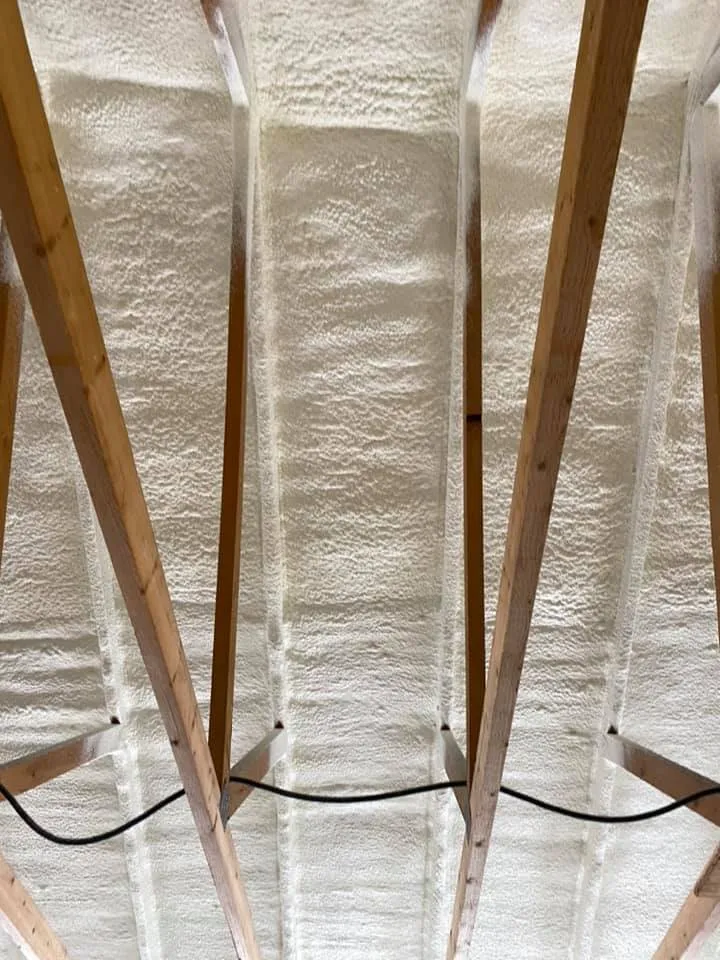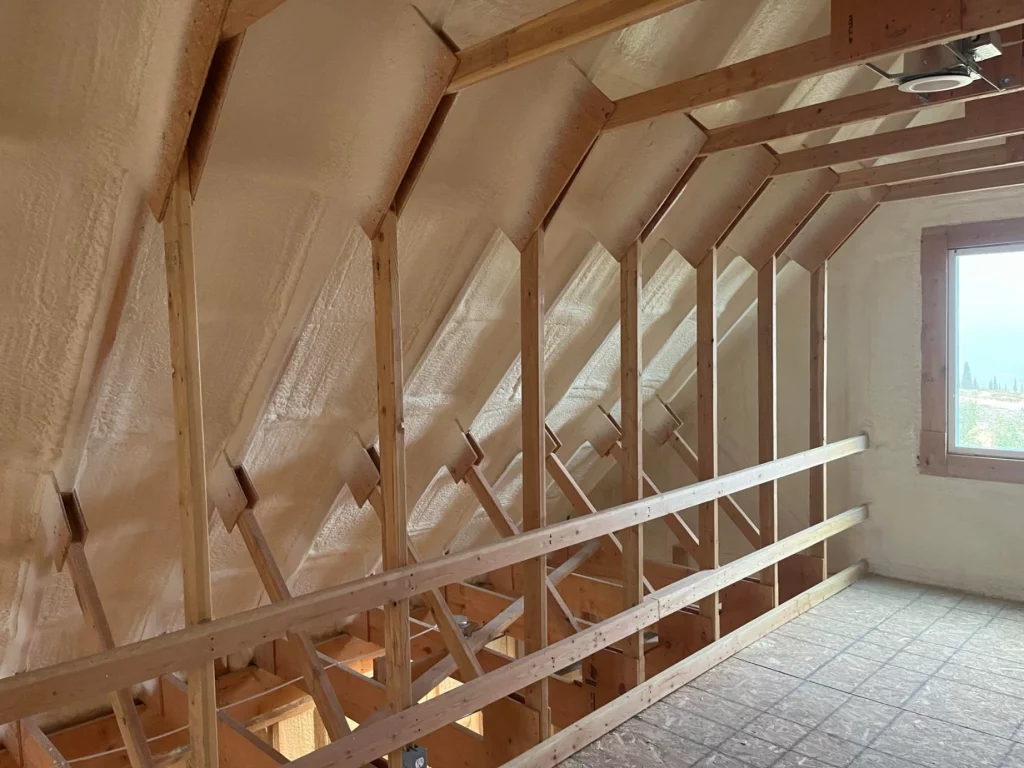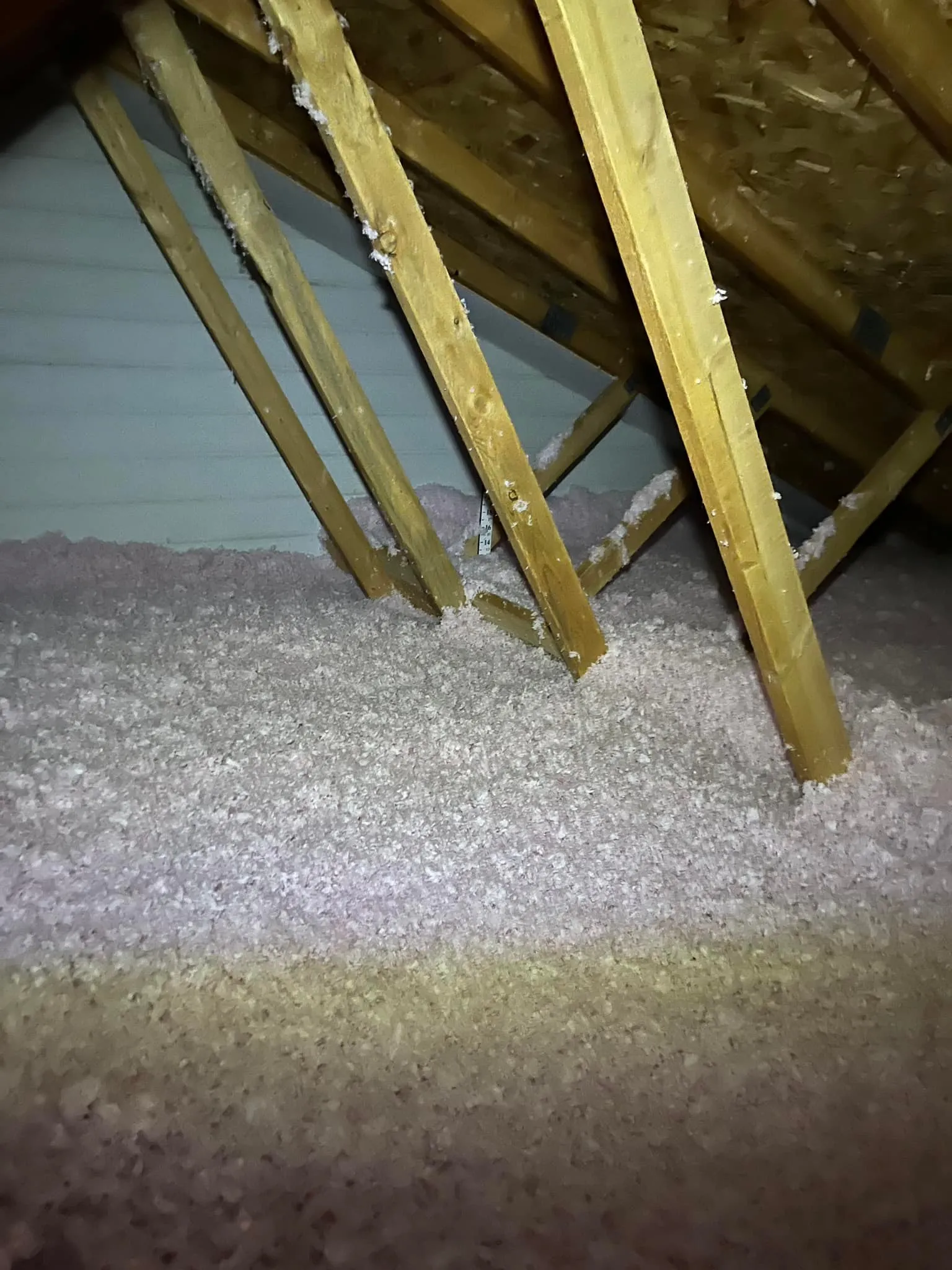

Modern insulation materials offer superior thermal performance and vastly improved air sealing capabilities compared to traditional products like standard batts used decades ago. The key advantage lies in density and structure, which allow materials like closed-cell spray foam and rigid foam boards to achieve higher effective R-values in less space while simultaneously creating robust air barriers. Choosing current insulation technology directly translates to minimizing energy loss, increasing the comfort and durability of the structure, and reducing long-term operating costs.
The evolution of building science demands more than just material thickness; it requires comprehensive solutions that address heat transfer, air leakage, and moisture control simultaneously. High Country Solution focuses on delivering systems that meet these complex performance requirements, helping builders and homeowners achieve true energy efficiency. This article details the specific functional differences that make modern insulation a foundational necessity for high-performance buildings.
The fundamental measure of thermal performance is R-value, or resistance to heat flow. While fiberglass and mineral wool batts remain common, their actual performance is often compromised by improper installation or air gaps. Modern materials overcome these limitations by offering significantly higher R-values per inch and by expanding to fill voids completely.
For example, closed-cell spray polyurethane foam often delivers R-values exceeding R-6.0 per inch, whereas standard fiberglass batts usually range between R-3.0 and R-3.7 per inch. This density difference means that effective thermal resistance can be achieved with thinner applications, saving valuable interior space. Data from the US Department of Energy shows that optimizing material R-value based on climate zone is essential for maximizing energy savings throughout a building’s lifecycle.
Effective insulation does two things: it slows conductive heat flow (R-value) and it stops convective heat flow (air sealing). Modern applied materials, especially spray foam and certain rigid foam sheets, create a monolithic barrier that is impermeable to air movement. Standard batting materials require separate, painstaking air sealing measures using caulk and tape to achieve a similar result; unfortunately, this process is often overlooked or poorly executed.
Bonus Tip 1: When using high-density mineral wool or advanced fiberglass batts, use the “Airtight Drywall Approach” (ADA) or an interior vapor barrier membrane to ensure that the assembly achieves adequate air sealing, which is critical for moisture control and overall thermal performance.
Selecting the right material depends heavily on the application (e.g., walls, crawlspace, attic) and budget. The table below outlines the basic characteristics of three prominent modern insulation categories, demonstrating their diverse performance metrics.
| Insulation Type | R-Value Per Inch (Approx.) | Primary Advantage | Application Suitability |
|---|---|---|---|
| Closed-Cell Spray Foam | R-6.0 to R-7.0 | High R-value; Air/Vapor barrier; Structural rigidity | Exterior walls, cathedral ceilings, crawl spaces |
| Open-Cell Spray Foam | R-3.7 to R-4.2 | Excellent air sealing; lower cost than closed-cell; vapor permeable | Interior walls, attic decks, areas needing drainage |
| Extruded Polystyrene (XPS) Rigid Foam | R-5.0 | High compression strength; continuous exterior sheeting | Below-grade walls, exterior insulation (CI), roofing |
Air leakage accounts for a substantial amount of heat loss in buildings, often overshadowing losses attributed to R-value alone. By stopping air movement, modern materials mitigate energy waste and also control how moisture moves through the building envelope. Uncontrolled air movement can carry humid air into wall cavities, leading to condensation and potential mold or decay issues, particularly in cold climates.
Research published by Building Science Corporation consistently highlights that controlling the flow of air is often more important for building durability than controlling the flow of heat. Many modern high-density materials function not just as insulation, but as necessary air control layers, dramatically simplifying the complex process of constructing a durable, high-performance wall assembly.
Insulation requirements are highly dependent on the climate zone defined by the US Department of Energy. For structures located in high-altitude, cold regions, such as those typically served by High Country Solution, meeting or exceeding required R-values (often Climate Zone 6 or 7 standards) is non-negotiable.
In these severe climates, the temperature differential between the interior and exterior is massive, increasing the risk of thermal bridging through framing members. Continuous exterior insulation (CI) using rigid foam boards is often essential to break this thermal bridge and achieve truly effective wall performance. Choosing a high-R-value application, like closed-cell foam in the cavity combined with XPS foam on the exterior, is a strategy used to minimize heat loss when outside temperatures drop well below freezing.
Bonus Tip 2: For extreme cold, prioritize systems that are monolithic. This means selecting materials that minimize seams, joints, and penetrations, as these are the most common spots for heat loss in high-R-value assemblies.

Before selecting a specific insulation product, assess several practical factors related to the structure and installation environment. The highest R-value material is not always the best fit if it creates other building envelope problems or exceeds the budget unnecessarily.
Key decision factors include:
Understanding the real-world performance and longevity of modern insulation helps manage expectations and validate the initial investment. Modern insulation systems are designed for the long haul, often outlasting the structure itself.
According to analysis from the EIA Energy Consumption Survey, improving insulation and air sealing remains one of the most effective methods for reducing residential heating loads, directly impacting utility bills for the lifetime of the structure. The consistent performance of these materials depends less on time and more on proper installation techniques that prevent settling or moisture intrusion.
Bonus Tip 3: Always request detailed photos or use an infrared camera immediately after installation to verify complete cavity fill and continuity, especially in hard-to-reach areas like rim joists and ceiling connections.
The move toward high-performance building assemblies necessitates leaving behind outdated insulation methodologies. Modern materials provide the density, air-sealing capability, and durability needed to meet demanding energy codes and consumer expectations for comfort. Evaluating your specific structural needs, local climate requirements, and long-term performance goals will guide the correct selection among the available advanced insulation options.
Making informed decisions about building materials saves time and money, ensuring optimal performance for decades. If you have questions about specific product suitability for mountain climates or need consultation on meeting high-R value requirements, specialized expertise is available. Reach out to High Country Solution via email at [email protected] or call (307) 248-9063 to discuss project specifics and material comparisons.
Some foam insulation types, particularly older versions of polyurethane foam, can experience slight R-value degradation due to gas loss over the first few years (a process called thermal drift). However, modern closed-cell foams are formulated to minimize this effect. Fiberglass and mineral wool materials maintain their R-value indefinitely unless compromised by moisture, compaction, or physical damage.
Yes, absolutely. Blown-in fiberglass, mineral wool, or cellulose are excellent solutions for filling existing wall cavities without major demolition. Open-cell spray foam can also be used in areas like attics and crawl spaces to dramatically improve air sealing and comfort in legacy structures.
Closed-cell foam is denser, waterproof, functions as a vapor barrier, and provides a much higher R-value per inch. Open-cell foam is lighter, less dense, cheaper, vapor permeable (it allows water vapor to pass), and primarily serves as an excellent air barrier and insulator, but not a moisture barrier.
Vapor permeability dictates whether moisture can dry out of the wall cavity. In cold climates, a low-permeability material (like closed-cell foam or a poly vapor barrier) is often required on the warm side of the wall. In warmer climates or specific high-performance assemblies, moderate permeability is preferred to allow the wall to dry in two directions.
Insulation should be viewed strictly as an investment. Unlike cosmetic improvements, quality insulation consistently reduces energy consumption every month. It also contributes to better indoor air quality, reduced outside noise, and a more comfortable, consistent indoor temperature, all of which add intrinsic value to the building.


